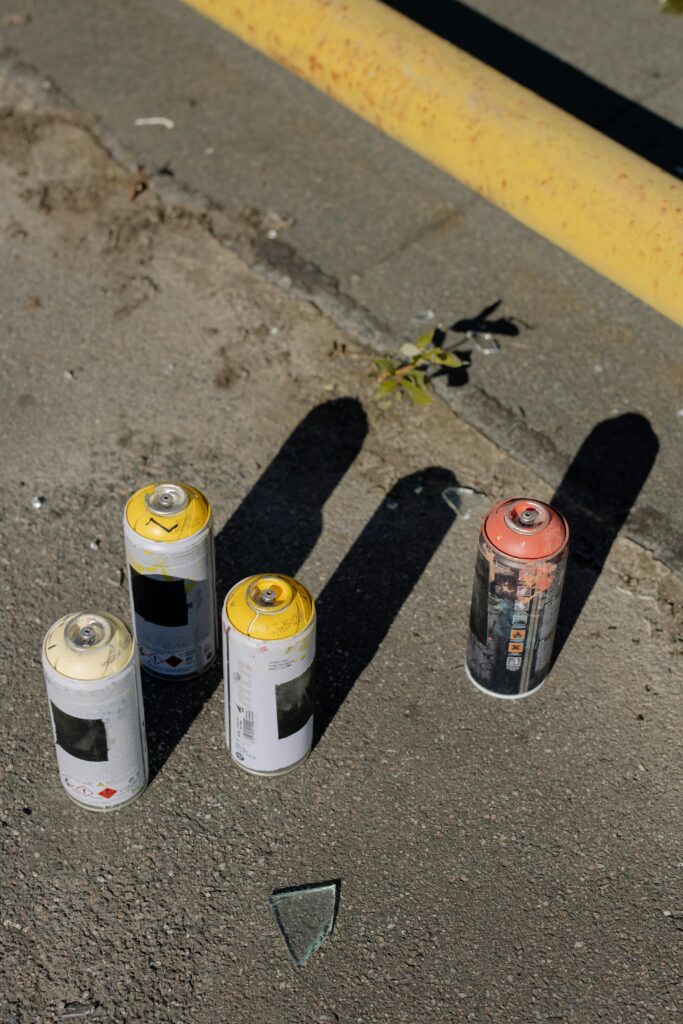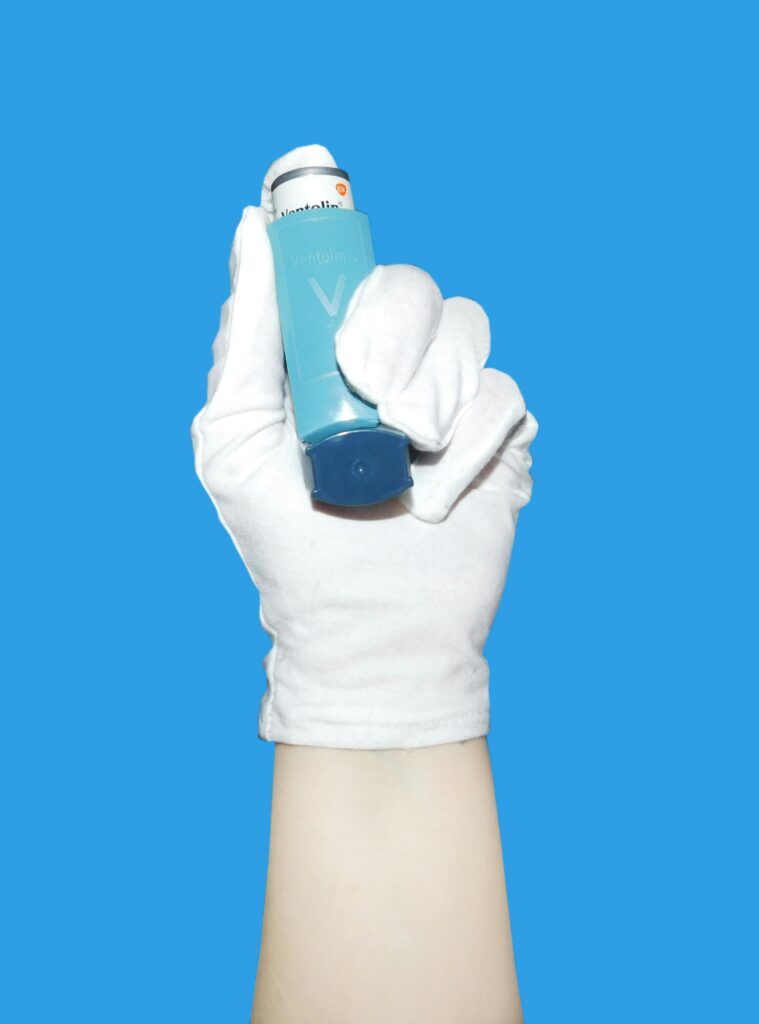
Adolescent inhalant abuse is a serious issue affecting many young individuals today. Inhalants are chemical substances that are easily found in household products and are commonly misused by inhaling their fumes to achieve a quick high. This article aims to shed light on the dangers of inhalant abuse among adolescents and provide insights into seeking help for those struggling with this form of substance abuse.
Inhalant abuse in adolescents is often an overlooked form of substance abuse, as inhalants are legal and easily accessible. According to the national household survey on drug abuse, the prevalence of inhalant use among adolescents who used inhalants was disturbingly high. Inhalants are often associated with inhalant intoxication, chronic inhalant abuse, and criteria for inhalant abuse or dependence. The characteristics of inhalant abusers may differ from those who engage in illicit drug use or alcohol abuse. It is important to recognize the dangers of inhalant abuse and take steps to reduce inhalant use among adolescents for their well-being.
What are Inhalants and How are They Abused?
Definition and Types of Inhalants
Inhalants encompass a variety of substances that produce chemical vapors, which when inhaled, can alter one’s state of mind. These substances include aerosols, solvents, gases, and nitrites. Common household items like glue, paint thinners, gasoline, and cleaning fluids are often misused as inhalants.
Methods of Abusing Inhalants
Individuals abuse inhalants by inhaling the fumes directly from the container (sniffing), placing the substance in a bag and then inhaling (bagging), or inhaling the vapors from a soaked rag (huffing). These methods can lead to rapid absorption of the chemicals into the bloodstream, resulting in immediate effects.
Risks Associated with Inhalant Abuse
The misuse of inhalants poses significant risks to individuals, especially adolescents. Short-term effects include dizziness, lightheadedness, nausea, and impaired coordination. Long-term consequences may involve liver and kidney damage, brain atrophy, and even sudden death due to suffocation or cardiac arrest.
Effects of Inhalant Abuse on Adolescents
Short-Term Effects
Adolescents who abuse inhalants may experience immediate euphoria, slurred speech, and hallucinations. These effects can be addictive, leading to repeated and escalating use of inhalants to sustain the high.
Long-Term Consequences
Long-term inhalant abuse can have severe consequences on physical health, including damage to the heart, lungs, and central nervous system. Cognitive impairment, memory problems, and weakened muscle control are also common among chronic inhalant users.
Mental Health Impact
Inhalant abuse is often linked to mental health issues such as depression, anxiety, and cognitive deficits. The dual diagnosis of substance abuse and mental health disorders requires specialized treatment to address both aspects effectively.
Identifying Inhalant Abuse in Teens
Common Warning Signs
Parents and caregivers should be vigilant for warning signs such as sudden changes in behavior, secretive actions, declining school performance, and unusual chemical odors on clothing or breath. These signs may indicate inhalant abuse among teens.

Behavioral Changes to Look for
Adolescents abusing inhalants may exhibit sudden mood swings, aggression, withdrawal from social activities, and a lack of interest in previously enjoyed hobbies. Understanding these behavioral changes can aid in early intervention and support.
Physical Symptoms of Inhalant Abuse
Physical symptoms of inhalant abuse may include red or watery eyes, nosebleeds, chemical burns around the mouth, and unexplained weight loss. These manifestations signal the need for professional assessment and intervention.
Seeking Help for Adolescent Inhalant Abuse
Role of Family and Friends
Support from family and friends plays a crucial role in helping adolescents overcome inhalant abuse. Encouraging open communication, seeking professional guidance, and providing emotional support can facilitate the recovery process.
Treatment Options Available
Adolescents struggling with inhalant abuse may benefit from various treatment options such as individual therapy, group counseling, and medication-assisted treatment. Tailored interventions based on the individual’s needs are essential for successful recovery.
Support Resources for Teens with Inhalant Addiction
Accessing support resources like helplines, support groups, and rehabilitation centers specialized in treating substance use disorders can provide adolescents with the necessary tools and guidance to overcome inhalant addiction effectively.
Prevention Strategies and Education Programs
Educational Initiatives on Inhalant Abuse
Educating adolescents about the risks associated with inhalant abuse through school programs, community workshops, and online resources can raise awareness and prevent the initiation of inhalant use among teens.
Community Outreach Programs
Community outreach initiatives that involve local organizations, health agencies, and schools can engage adolescents in productive activities, offer mentorship opportunities, and create a supportive environment that deters substance abuse, including inhalant use.
Tips for Parents and Caregivers to Prevent Inhalant Use
Parents and caregivers can play a proactive role in preventing adolescent inhalant abuse by maintaining open communication, setting clear boundaries, and educating their children about the dangers of inhalants. Creating a safe and supportive home environment fosters healthy decision-making and reduces the risk of substance misuse.
Q: What are the warning signs of inhalant abuse?
A: Warning signs of inhalant abuse may include sudden behavioral changes, slurred speech, chemical odors on breath or clothing, dizziness, loss of appetite, and paint or stains on hands or face.
Q: What is inhalant abuse and why is it dangerous?
A: Inhalant abuse refers to the practice of intentionally inhaling chemical vapors to attain a quick high. It is dangerous because it can lead to serious health issues, including brain damage, heart failure, and even death.
Q: How prevalent is inhalant use among adolescents?
A: According to the National Survey on Drug Use and Health, inhalant use among adolescents has been a concerning issue with a significant number of young individuals reporting having used inhalants in the past year.
Q: What are some common types of inhalants used by adolescents?
A: Common types of inhalants used by adolescents include aerosols, solvents, gases, and nitrites found in household products such as spray paints, glues, and cleaning fluids.
Q: What are the acute effects of inhalant abuse?
A: The acute effects of inhalant abuse can include dizziness, euphoria, hallucinations, impaired coordination, and even coma or death in severe cases.
Q: Where can individuals seek help for inhalant abuse?
A: Individuals struggling with inhalant abuse can seek help from organizations such as the National Institute on Drug Abuse or the Substance Abuse and Mental Health Services Administration for resources, treatment options, and support.
Q: What is sudden sniffing death syndrome related to inhalant abuse?
A: Sudden sniffing death syndrome is a potential risk associated with inhalant abuse where the individual experiences a sudden heart failure after inhaling chemicals, leading to death. It underscores the severe dangers of inhalant abuse.










